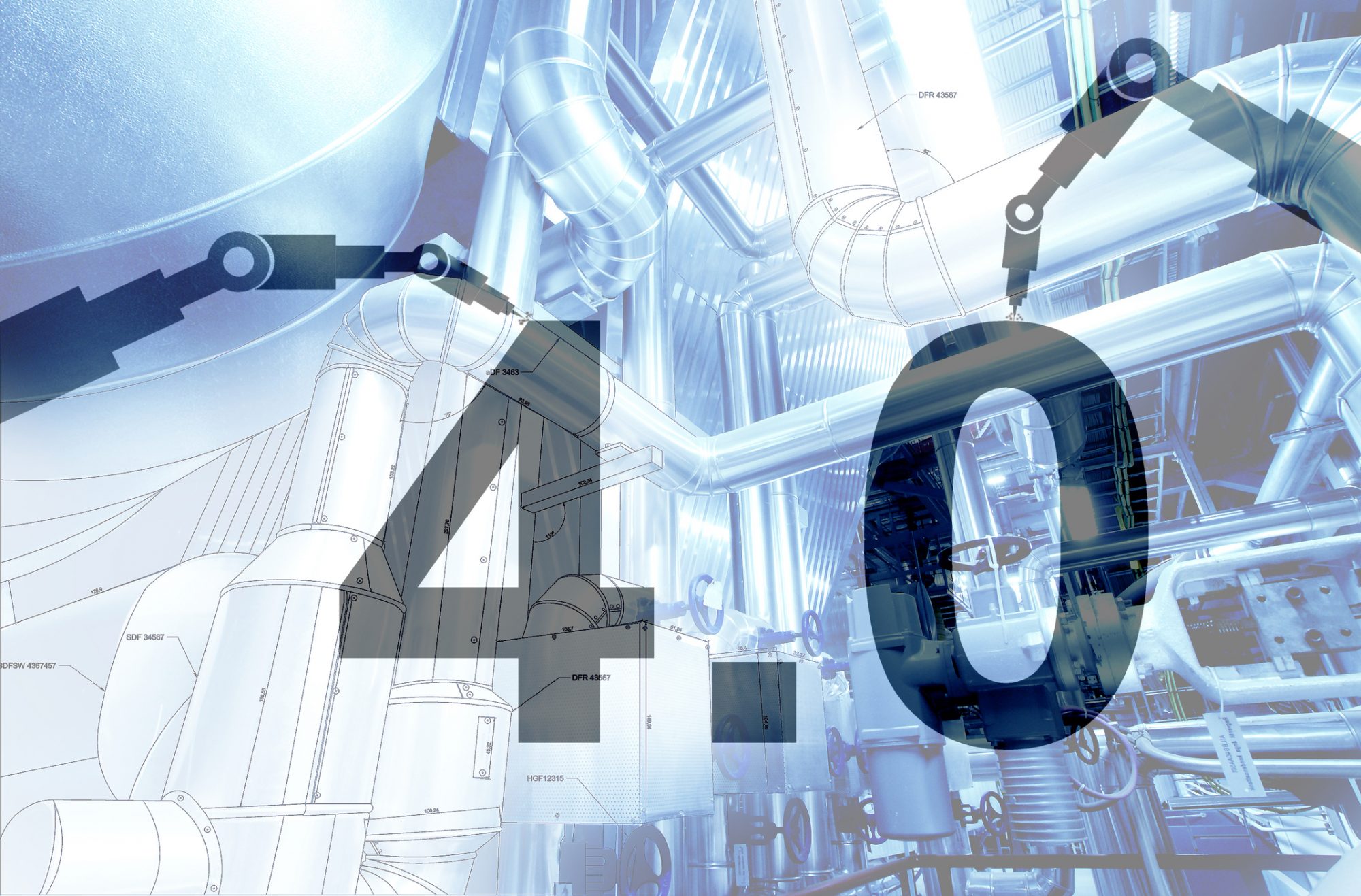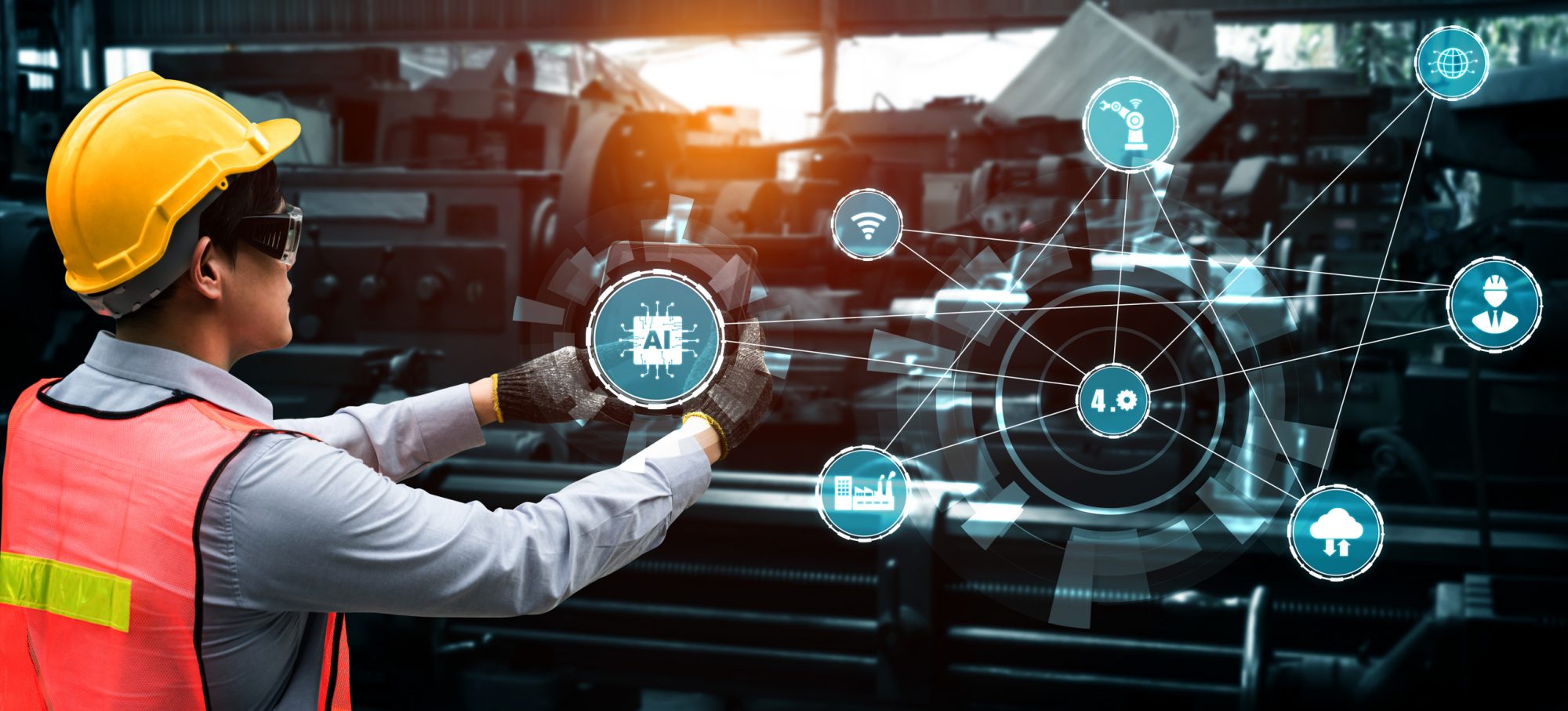Infrastructure desperately needs updating and modernising to withstand the effects of climate change, rapid urbanisation and sustainability regulations. Digital technologies provide the tools to do so, says Gary Wong, industry principal – global infrastructure and water, AVEVA
US President Joe Biden’s Infrastructure Investments & Jobs Act has been seen as an economic response to the coronavirus pandemic but more importantly, it will also improve Americans’ lives.
The law, and its companion Build Back Better Act, enhances transport around the US with faster and safer roads and bridges, and improves security, streamlines supply chains through investments in ports and airports, and addresses water quality and resiliency.
Similar infrastructure upgrades are being rolled out around the world – and not a moment too soon. From the EU to China, India and Australia, spending on transport systems, communications networks and utility supplies is being ramped up in 2022 and beyond. The growing importance of and increasing need for a smarter, more reliable and resilient infrastructure is being recognised around the world.
How infrastructure is changing
Several challenges are forcing governments to build back better. Climate change is a contributing factor, but it is only the tip of the proverbial iceberg. Aging infrastructure assets and rapid urbanisation have led to fragile service networks that are susceptible to interruption. A jump in physical and cybersecurity threats, a global pandemic, volatile energy prices that drive cost variability and a shift to the Green Energy Mix that makes energy demand response vulnerable to disruption are other factors. Each plays its part.
There are business imperatives, too. A modernised infrastructure increases reliability and availability of interdependent service networks. Various stakeholders and city planners can take faster and better-informed decisions while speeding up crisis response.
Consequently, operators need to modernise infrastructure operations to avoid these disruptions and to ensure the resilience and availability of service networks and facilities.
As in other fields, infrastructure authorities are now leveraging technology to deliver holistic outcomes that enhance the quality of life for their citizens, while also improving environmental, social and economic outcomes. In the process, digital tools are being integrated into physical assets for optimum and responsive solutions, a transformation referred to as Infrastructure 4.0.
As a white paper from the World Economic Forum notes: “By using technology as an enabler, with a focus on improving outcomes for people and nature, it is possible to ensure that infrastructure serves as a platform to connect the built environment, the natural world and human lives in a way that allows all three to thrive.”
Such smart infrastructures pay off in many ways. It invariably contributes to the drive to net zero carbon emissions. The safety and security – whether physical or cyber – of goods, people and assets is also enhanced. And a modernised infrastructure tends to have better regulatory compliance.

Five ways in which Infrastructure 4.0 is already paying dividends
The modernisation of infrastructure has gone from being a “good to have” to a “must have”. Using technologies such as the industrial internet of things (IIoT), cloud and artificial intelligence (AI), infrastructure operators can modernise and unlock the true potential of Infrastructure 4.0.
-
Break down silos
Smart cities such as Barcelona and Nava Raipur are reaping the benefits of a “system of systems” approach to solve the complex challenges they face.
To thrive in the challenging times we live in, city operators require a seamless integration of their systems, sites, assets and people with those of partner stakeholders from different entities. A unified operations centre can serve as a centralised, single-window view to help all parties involved make informed decisions.
2. Optimise operations
For the Port of Portland, Oregon, streamlining operations has helped move more than 30m tonnes of cargo through its facilities each year, reducing inventory in the electric and equipment shops by at least 65%.
Preventive maintenance and asset management help port authorities connect people and assets with real-time data that optimises operations, predicts outcomes and provides risk-based guidance, thereby ensuring business continuity, maximising return on capital and enhancing safety and reliability.
3. Ensure service reliability
Efficient transportation networks require real-time monitoring and control solutions. Railway operators, for example, have hundreds of trains and thousands of individual operations at any moment.
They need highly robust operational technologies to fulfil the three Rs: real-time information flows, reliability of communications and system redundancy. Ferrocarrils de la Generalitat de Catalunya faced the problem of delivering a new supervisory system without interrupting existing services such as ticket vending machines, escalators and access control.
Through an integrated package of operations management interface, data historian and HMI visualisation software, the operator achieved the remote management of all rail processes alongside centralised network monitoring.
4. Reduce costs
Utilities, including water and wastewater, need highly efficient methods of engineering, optimisation of energy supply and contextualised compliance monitoring to maintain safety, service uptime and delivery at affordable costs.
Digital transformation can achieve revenue efficiencies in terms of both operating expenditure and capital expenditure.
By combining data streams from disparate assets into a mapping software using the AVEVA PI System solution, the White House Utility District in Tennessee found a water leak spilling about 147m gallons per year, or enough to power 2,239 homes, within the span of four days.
The utility deferred a capital expansion of at least $15m by a decade, reduced costs by $1m, recovered $900,000 worth of water and recouped $30,000 in employee time.
5. Empower distributed teams
Decentralised solutions have more important than ever in recent times, in part to offer better durability, scalability and efficiency. The Shanghai Laogang Project, the world’s largest waste-to-energy plant, achieves all these by streamlining its supply chain operations.
By turning data from multiple information sources and systems into actionable insights, engineering and design teams across the organisation were able to improve collaborative workflows while enjoying access to regular EPC and plant updates. Similarly, 3D engineering design software enhanced collaboration, slashed project costs, and avoided more than 200 construction clashes.
Infrastructure projects that deploy up-to-date digital solutions report common gains such as increased resilience, reductions in total expenditure costs, collaborative global environments, quicker and more effective operations cycles, reduced waste and emissions and better efficiencies across the value chain.
Smart infrastructure management has an essential role to play in solving the challenges facing planning authorities now and in the future.
As the WEF white paper succinctly sums up, for a world that is gradually recovering from the pandemic, the upcoming infrastructure boom presents a window of opportunity to make critical improvements that will affect generations to come. The faster we embrace Infrastructure 4.0, the quicker the dividends ahead of us.
Gary Wong
Industry principal – global infrastructure and water
AVEVA
Twitter: @AVEVAGroup
LinkedIn: Aveva
YouTube: AVEVAGroup














